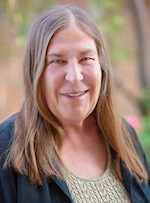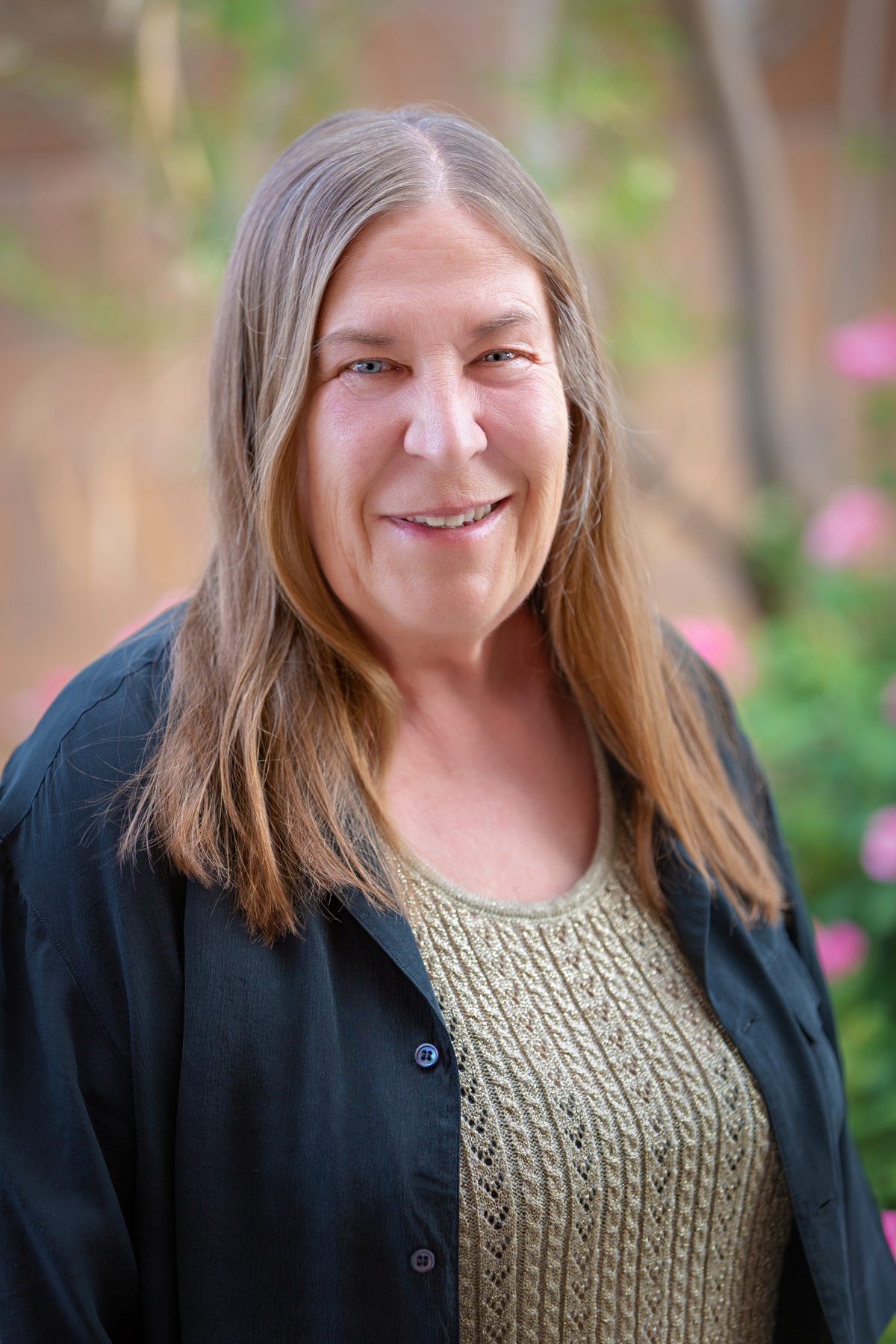Karen Anderson provides administrative and technical support to all programs and projects at CEED. If you’ve taken one of our online courses, you’ll have met Karen in her role as technology liaison for instructors and students. She manages CEED’s social media presence, so you may also have interacted with her there. If you’ve ever used our website, Karen makes it function smoothly for users. When you connect with CEED, you’re likely connecting with Karen!
9/27/2022 Update: We caught up with Karen, who’s busy preparing to retire after 28+ years at CEED, and asked her two bonus questions. Look for her answers at the end of the Q & A!
Q: How did your career path lead you to CEED?

KA: I had a variety of jobs for quite a long time, and I came to realize that I wanted to work at a university instead of in the corporate world. I was lucky enough to be hired by the Institute of Community Integration (ICI) and CEED on a federal grant and that began my time at the university. ICI and CEED formed a wonderful community of caring people and expertise in the areas of disabilities and early childhood. I loved the environment and had the opportunity to learn so much on the job.
Q: Your background also includes experience with filming and editing videos. Tell us more about this.
KA: One of the initial grant projects I worked on involved filming and editing video clips for use with technical assistance teams. I had a wonderful mentor within the College of Education and Human Development (CEHD) who taught me the basics of filming and editing, and I have built on that knowledge throughout my time at CEED, learning new software and equipment as needed. I had the opportunity to film CEED events and to film instructor online lectures for our online courses. It’s been a wonderful way to extend my skills.
Q: Tell us about your role in managing CEED’s professional development and training opportunities.
KA: One of the most valuable aspects of providing support to our online course students is introducing so many of them to online learning. Some students may start out feeling a little timid and may be reluctant to navigate the site and use the tools. By the end of their course, many have told me how comfortable they became with online learning. I have learned so much from their feedback, and it helps us make improvements to our sites. Interacting with attendees at our in-person events has been such a privilege. Early childhood professionals are so dedicated to their work, and I am inspired by that dedication to such an important field.
Q: You are CEED’s in-house expert on accessibility. Can you talk a little bit about why this is so important?
KA: Making CEED’s resources accessible is a legal requirement. It also honors our commitment to universal design and providing equal access to materials and knowledge for people with any type of disability or challenge. I’ve been fortunate to learn so much about tools and methods for making materials accessible, both through CEED projects and because of CEED’s commitment to accessibility. And finally, I attended a workshop on accessibility where the instructor talked about accessibility being a civil right, which really touched me and guides my dedication to making certain we honor that right as thoroughly as possible.
Q: What are some of your interests and hobbies outside of work?
KA: I play piano and flute (and a couple songs on the harmonica!). I love camping, swimming, canoeing, and hiking and was an avid biker for many years of my life, riding 15 miles per day. I completed the Minnesota Ironman in biking (100 miles to Buffalo, MN, and back) and have biked from the Twin Cities to Duluth three times. I’ve traveled extensively in the US and Mexico and have a great love for seeing what’s around the next bend. I’m also an avid movie fan and am tolerating online movies until that wonderful time when we’ll be able to get movie popcorn at the theater again!
Bonus questions:
Q: What are you looking forward to the most in retirement?
KA: The things I’m looking forward to most in retirement are unstructured time, energy and time to revamp my apartment, the possibility of travel, walks, and enjoying nature.
Q: What will you miss most about CEED?
KA: The thing I’ll miss the most about CEED is the exceptional group of people comprising CEED’s efforts and the feeling of “belonging.” They allowed me to feel part of this community for all these years, and the opportunity to learn new skills and grow in relationship with others was immeasurable. I will always remember my time with CEED and the university with great fondness and gratitude.




